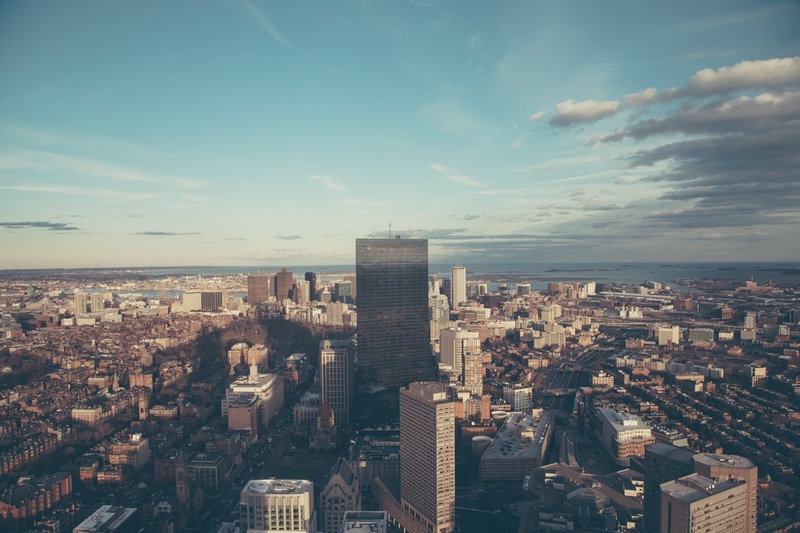Spaces and Flows’s Updates
Where are the world's newest cities … and why do they all look the same?
The Guardian | Article Link | by Adam Greenfield
At present we share our planet with some 7.5 billion other human beings, and as swollen as that number may already sound, it is projected to hit 10 billion before levelling off sometime around the middle of the century.
Global population may never scale the vertiginous peaks foreseen in the panicky neo-Malthusian literature of the mid-20th century, chiefly Paul and Anne Ehrlich’s famous jeremiad of 1968, The Population Bomb. Nor will overpopulation’s effects, as they fold back against the cities of the global north, much resemble the apocalyptic depictions in the era’s pop culture; 1973’s Soylent Green, for example, opens with a title card informing the viewer that 40 million souls reside in the smog-choked New York City of 2022, and that seems more than a little hard to imagine now. But neither is it a state of affairs one can dismiss casually. Every last one of those 10 billion human beings is going to need a place to live.
And wherever that place should happen to be, it won’t be in the cities we’re presently familiar with. However trendy “urban infill” and densification may be in our faculties of architecture, polities in the developed world are no longer willing to countenance the kind of conditions that inevitably result when hundreds of thousands of human bodies are packed into every square mile. The residential housing densities of New York’s Lower East Side circa 1905, for example, among the highest ever recorded, were achieved by housing two or three families in each (smallish) room. This is precisely the kind of overcrowding the entire Modernist movement in architecture was set up to design out of urban settlement.
Further, barring the deployment of truly draconian powers of expropriation, central-zone land values in existing cities are in any event orders of magnitude too expensive to permit wholesale redevelopment at anything like the scale required. Entirely new cities will be necessary – very likely, thousands of them.
It shouldn’t surprise us that the planet’s newest cities are to be found in the places where its population is most rapidly urbanising: India, China and sub-Saharan Africa. Whether acquired by eminent domain, compulsory purchase order or outright expropriation, assembling meaningfully sized parcels of land in existing urban cores can be a messy, expensive and time-consuming process. The favoured strategy in all of these places is therefore to develop entirely new satellite cities on peripheral sites where land is cheap – or barring that, to build upon land reclaimed from the ocean.


